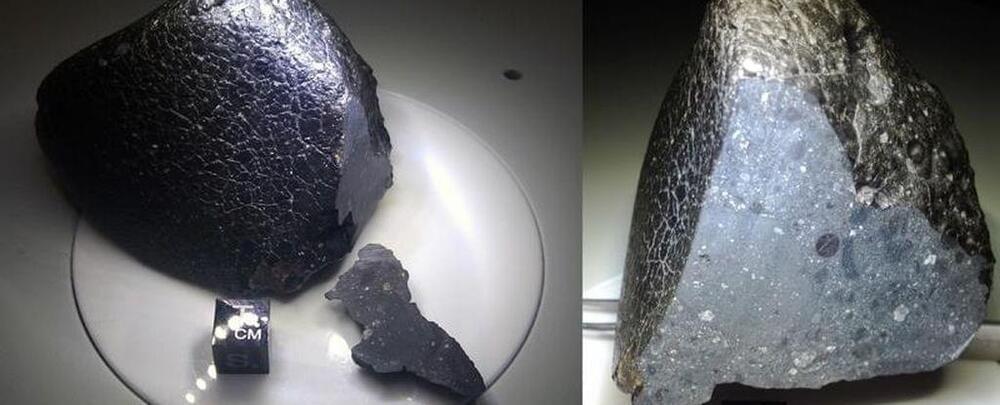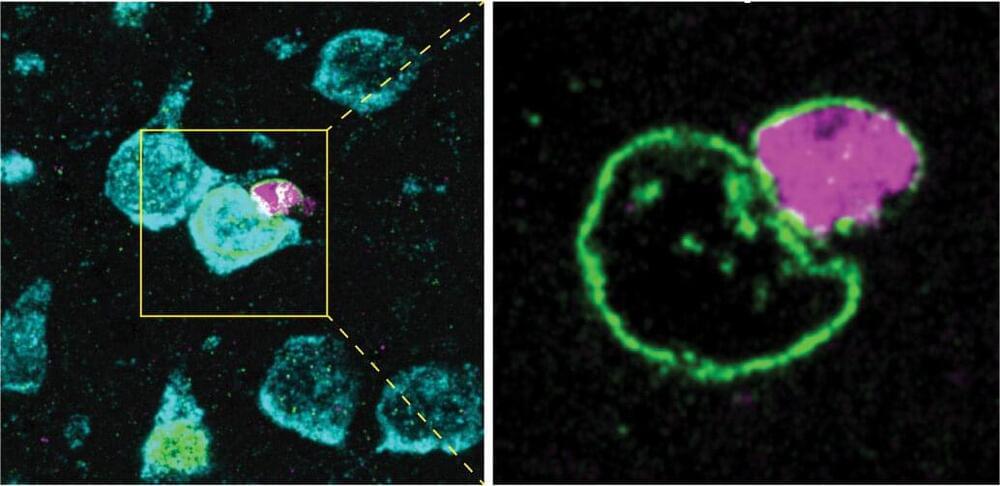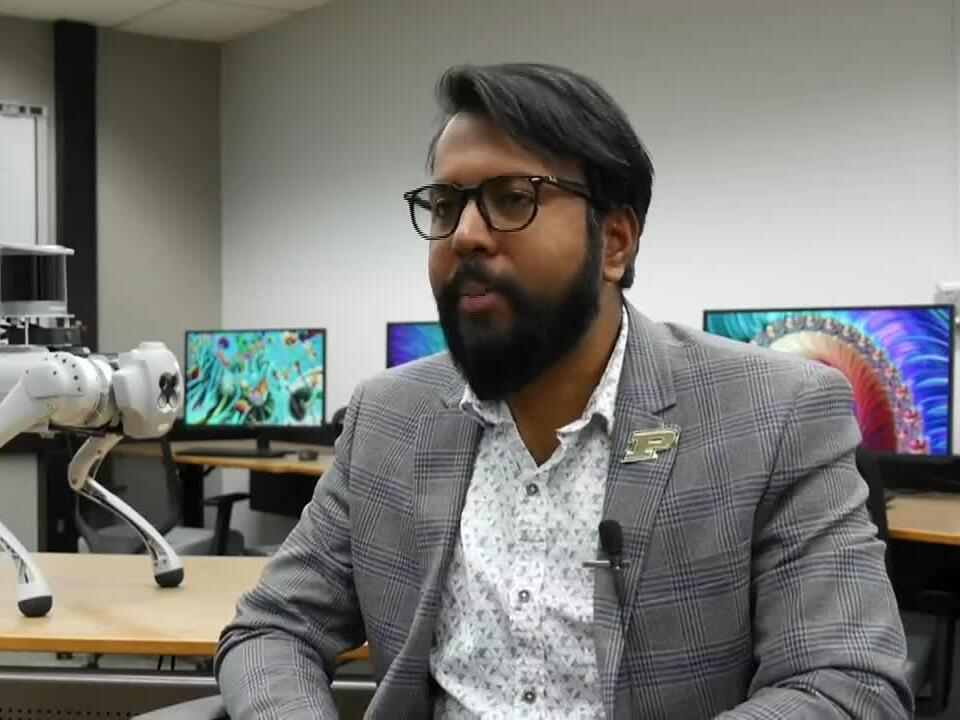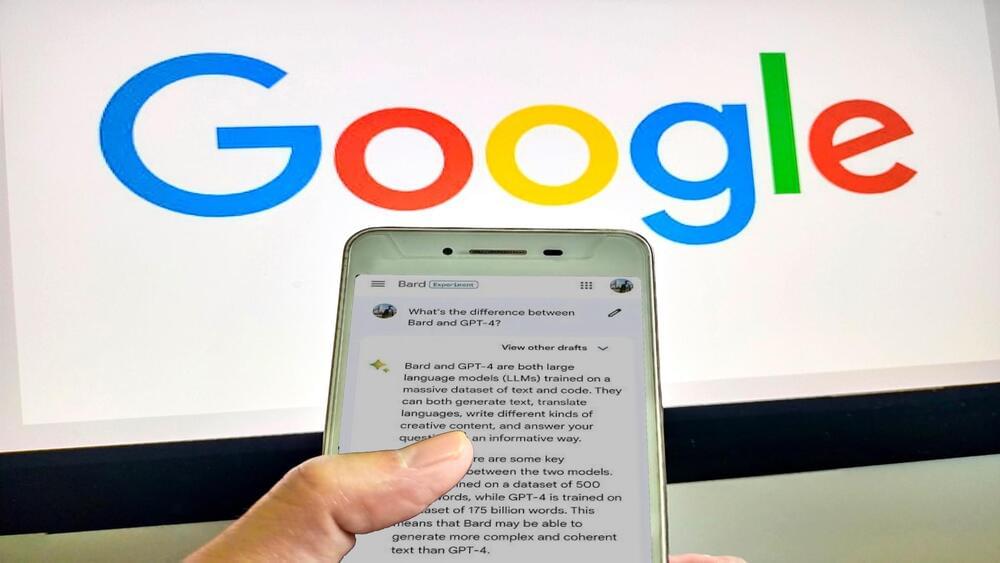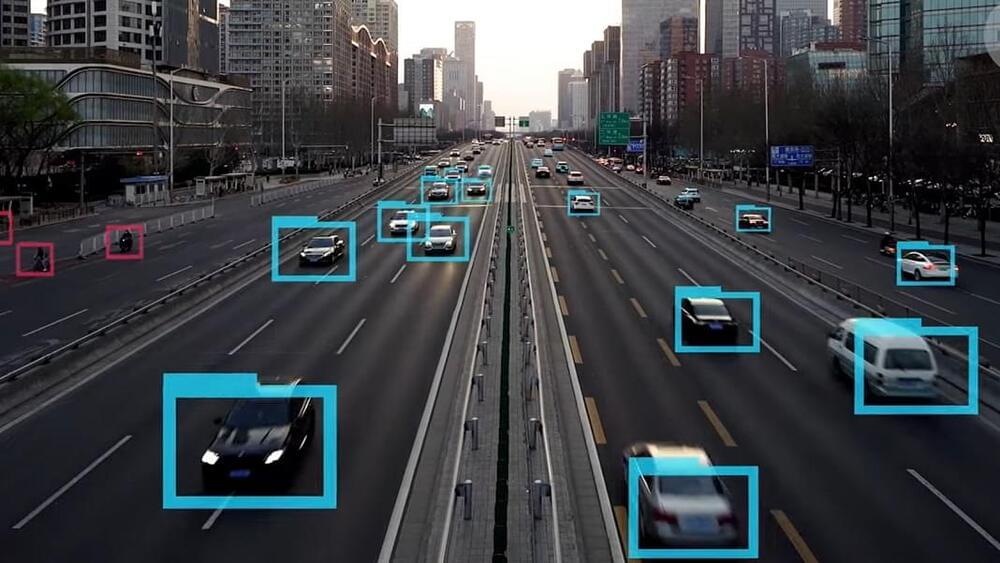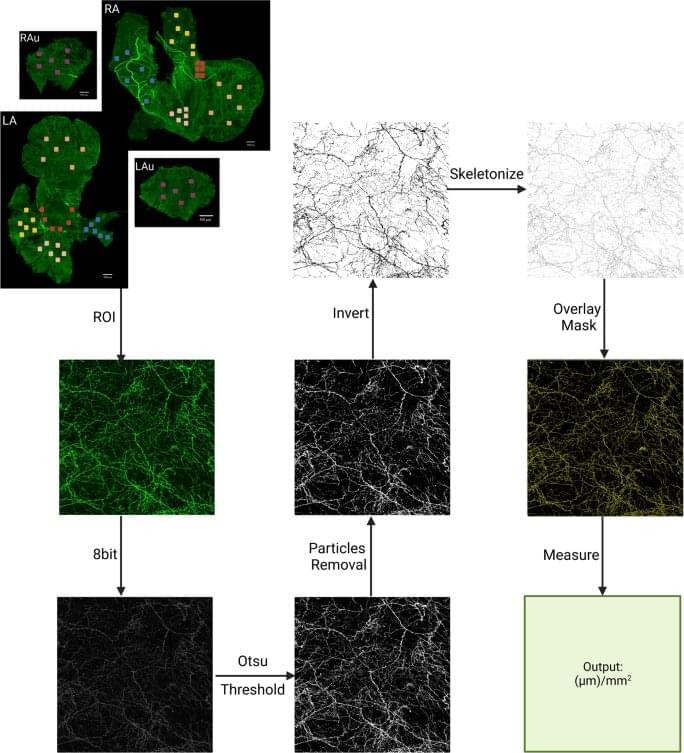Apr 17, 2023
Humans Are Erasing Billions of Years of Data From Ancient Meteorites
Posted by Josh Seeherman in categories: evolution, space
A popular and easy method for validating whether or not a chunk of rock is a meteorite, and what kind of meteorite it is, has been inadvertently erasing invaluable information locked inside.
The use of rare-earth magnets such as neodymium erases and overwrites the magnetic record locked inside ferromagnetic minerals in meteorites, scientists from MIT in the US and Paris Cité University in France found. Since many meteorites that fall to Earth have a significant iron content, this means we’re losing important data on the way magnetic fields in space have altered these meteorites over billions of years.
Meteorites provide invaluable records of planetary formation and evolution. Studies of their paleomagnetism have constrained accretion in the protoplanetary disk, the thermal evolution and differentiation of planetesimals, and the history of planetary dynamos.
